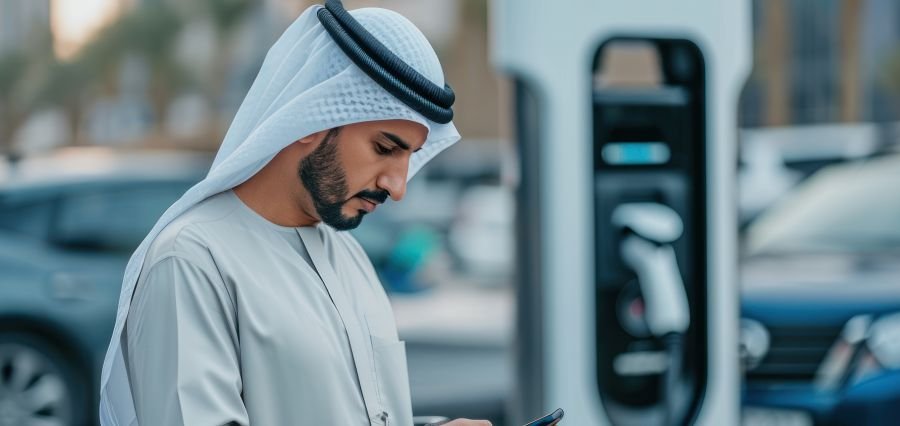Echoing a new study’s findings, a resounding call emerges: the world must delve deeper into the earth’s veins to unearth more than double the sum of copper ever gleaned in the annals of human endeavor.
Such is the stark decree if we aspire to fulfill the lofty electric vehicle (EV) targets sprawled across the global canvas. The International Energy Forum’s somber analysis presents a dire warning: without a swift and expansive surge in the mining sector, the coveted metal’s scarcity will thwart the UN’s Intergovernmental Panel on Climate Change’s EV adoption goals set for the year 2025.
Projected onto the horizon is the daunting prospect of electrifying the sprawling vehicular fleet that traverses our planet’s arteries. This ambitious endeavor demands the birthing of 55 percent more copper mines by the dawn of 2035, a clarion call for governmental encouragement and fervent advocacy for industry expansion. The IEF’s prophecy unfurls further, foretelling a staggering 115 percent surge in copper demand between the twilight of 2018 and the midday blaze of 2050, eclipsing all past excavations.
In the face of such scarcity, policymakers stand at a crossroads, beckoned to redirect the trajectory from a singular pursuit of 100 percent electric vehicles toward a landscape adorned with hybrid models. A strategic pivot, they argue, to prevent the automotive juggernaut from monopolizing this indispensable resource, ubiquitous across the economic tapestry.
Joseph McMonigle, the venerable secretary general of the IEF, issues a sobering mandate, lamenting the improbability of attaining full EV adoption by 2035 under current copper mining paradigms.
He underscores that a transition beckons, urging governments to prioritize a sweeping electrification narrative as the cornerstone of climate policy. The imperative to incentivize and nurture nascent copper mining ventures becomes apparent, a sine qua non for realizing the utopian vision of universal EV integration.
Yet, amidst these sobering proclamations, a glimmer of hope endures. The EV industry, McMonigle affirms, shall persist as a formidable force, propelled by consumer preferences and a burgeoning diversity of vehicular offerings. Nevertheless, the audacious goal of 100 percent adoption looms as a distant prospect, tethered to the confines of feasibility.
As the discourse unfolds, the hybrid EV emerges as a beacon of pragmatic compromise, melding the prowess of internal combustion engines with the nimbleness of electric motors. Unplugged from the grid yet fueled by innovation, these hybrids epitomize a harmonious fusion of tradition and modernity.
Echoing the refrain, the IEF draws parallels between EVs and hybrids, charting their course through the labyrinth of cost and environmental impact. In this juxtaposition, a revelation dawns: amidst the cacophony of progress, the path forward necessitates not a singular stride but a mosaic of choices, each imbued with its own promise and peril.
Read more: Experts Assert that Artificial Intelligence will Reshape Healthcare in Saudi Arabia and the UK




